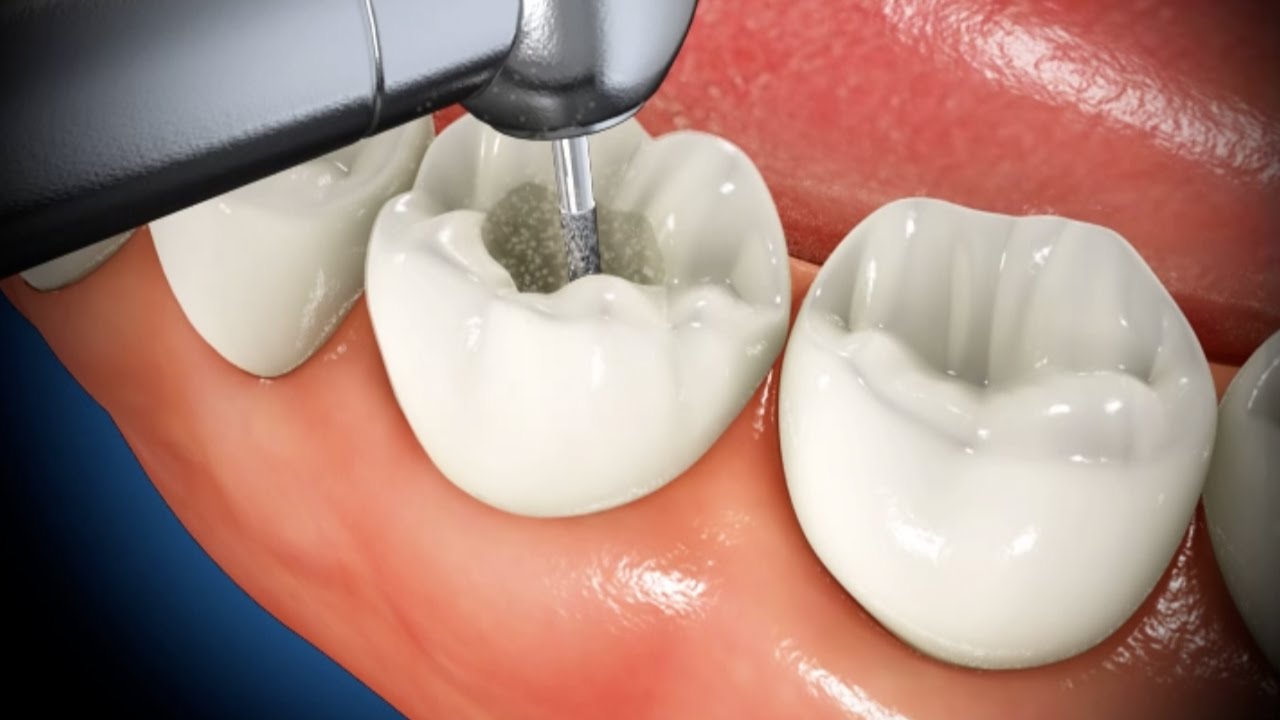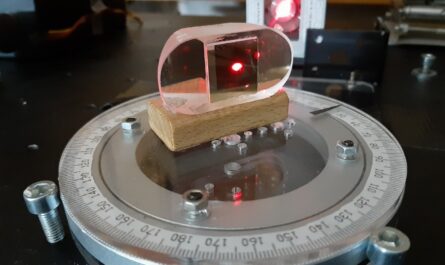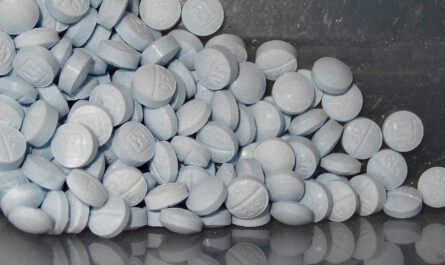Dental caries, commonly known as cavities or tooth decay, is caused by specific types of bacteria that produce acids as they break down food particles left on the teeth. These bacteria are commonly referred to as Streptococcus mutans and Lactobacilli. When the acids produced by these bacteria come in contact with teeth, they demineralize tooth enamel and dentin over time by dissolving the minerals present in these tissues. Some of the major causes that allow this process to occur include frequent sugar intake, poor oral hygiene habits like lack of brushing and flossing, use of baby bottles containing sugar juices at bedtime, dry mouth conditions like Sjögren’s syndrome, medications that reduce saliva flow, lack of fluoride exposure, malocclusion or improper bite, and developmental or acquired enamel defects.
Signs and Symptoms
Early dental caries often shows no visible signs or symptoms. As the cavity progresses, some common signs that indicate its presence include white or brown spots on the chewing surfaces of teeth, small pit or fissure on the chewing surfaces that feel soft or leathery when probed, sensitivity to hot, cold or sweet foods or drinks, or sudden pain while chewing. Advanced cavities present as visible holes in the teeth that are darkly discolored or present a rough and broken appearance. Deep cavities can also lead to tooth pain, toothache, swelling or infection of the surrounding gums and tissues. Prompt diagnosis is important for effective treatment planning and management.
Diagnosis
A thorough Dental Caries Treatment examination that includes visual inspection of all tooth surfaces, palpation or gentle pressing of suspicious areas, probing around pits and fissures, and bite-wing or periapical radiographs helps diagnose the presence, size and extent of dental caries. Intraoral cameras and laser or optic fiber transillumination devices help examine difficult to view interproximal tooth areas for signs of demineralization between teeth contacts. In children, bitewing radiographs are essential to diagnose pits and fissures affected by early caries beneath the gumline that are not visible in a clinical exam. This helps intercept the disease process at an early preventable stage before it advances into the dentin layer requiring restorative treatment.
Non-surgical Management
Non-surgical or preventive treatment approaches focus on reversing or stopping the progression of early caries lesions through remineralization. This involves oral hygiene instruction like proper toothbrushing and interdental cleaning techniques using toothbrushes, floss, irrigators, and sticks, diet counseling by limiting sugar intake, use of dental sealants on susceptible tooth surfaces like pits and fissures, topical fluoride applications like varnishes, gels or foams, professional fluoride treatment, and prescription strength toothpastes containing beneficial minerals like calcium, phosphate and fluoride. Remineralizing pastes containing these elements are recommended for home care. Maintaining an adequate saliva flow through hydration and avoiding dry mouth causing medications also preserves tooth mineral content. Regular dental visits every 6 months help monitor lesion activity and success of preventive interventions.
Reconstructive Treatment
Once dental caries have caused visible cavitation or tooth structure loss, reconstructive or restorative treatment becomes necessary. The aim is to replace the damaged tooth material and restore proper form, function and aesthetics. Common restorative methods include:
– Tooth-colored composite resin or white filling material: Bonded directly into the cavity it adheres well to tooth structure. It is tooth-colored, conservative and durable.
-Amalgam or silver fillings: Self-hardening dental alloy containing mercury, silver, tin, zinc and copper. Used for restoring posterior teeth due to strength and affordability.
-Dental crowns: A tooth-colored, custom-made cap placed over a tooth to cover extensive decay or restore a fractured tooth. Made of gold, porcelain or composite resin. Provides full coverage and improves function and appearance.
-Dental bridges: Used to replace one or more missing teeth by securing crowns/pivots to adjacent teeth for support.
-Root canal treatment: Involves chemically disinfecting and sealing the infected pulp or inner tooth material due to deep advance of decay close to dental pulp. Prevents tooth loss from pulpal infection.
-Tooth extractions: Removing badly infected or non-restorable teeth as the last treatment option to relieve pain or risk of complications.
With proper restorative care, function and aesthetics of affected teeth can be restored. Follow up reviews ensure treatment longevity through supportive periodontal and preventive therapies. Restored teeth require similar ongoing homecare and professional monitoring as healthy teeth.
Post-treatment Care and Maintenance
Following reconstructive treatment, patients must diligently practice recommended homecare and adhere to supportive periodontal therapy and preventive visits. Regular check-ups and professional cleanings every 6 months help monitor oral health status, identify new carious lesions, perform necessary adjustments, and reinforce preventive education. Advice includes proper brushing and flossing techniques, interdental aids, fluoridated toothpaste usage, diet modification, and topical fluoride therapies. Remaining vigilant about oral hygiene and minimizing risks is vital to avoid disease recurrence and further progression that could undermine treatment results over time. With lifelong commitment to proper self-care and professional monitoring, the success and longevity of dental treatments can be significantly improved for long-term optimal oral health.
*Note:
1. Source: Coherent Market Insights, Public sources, Desk research
2. We have leveraged AI tools to mine information and compile it



